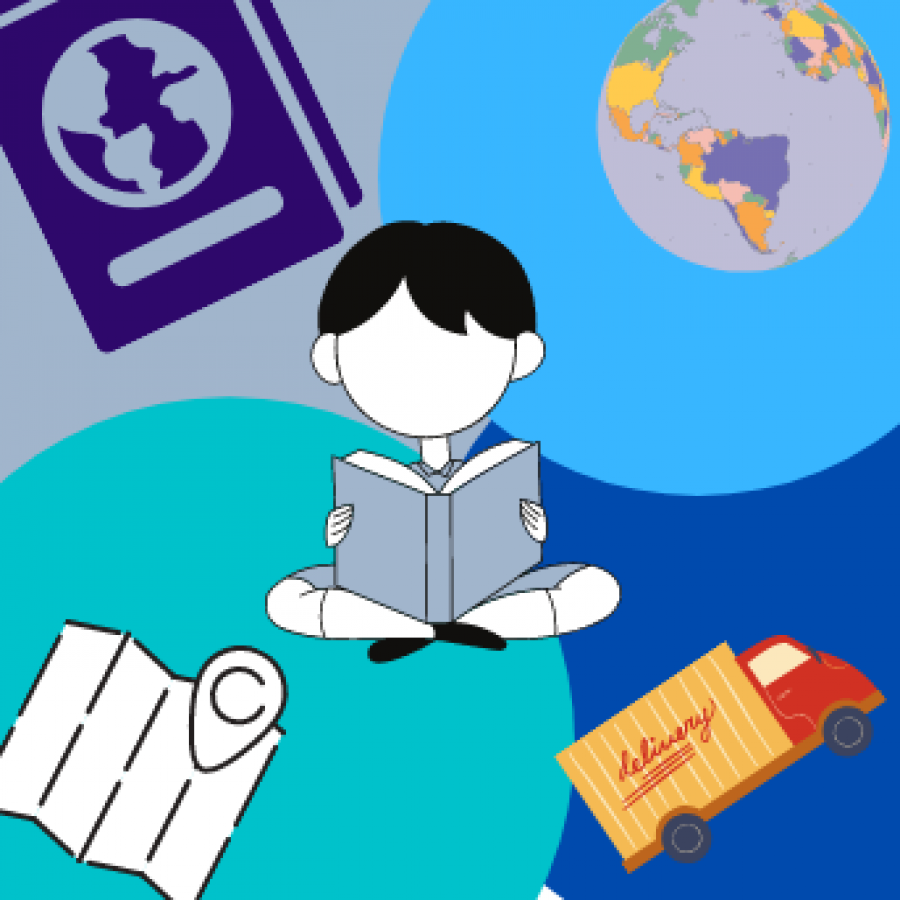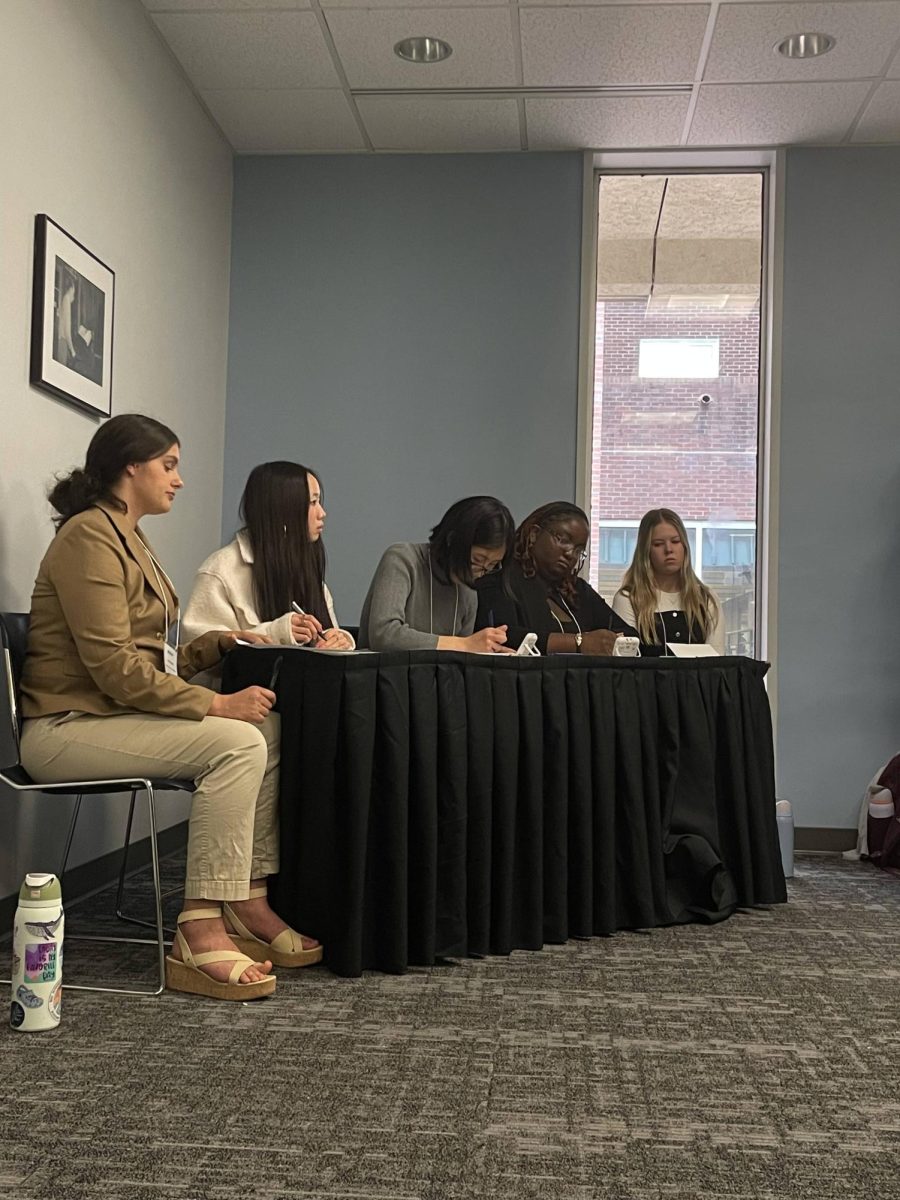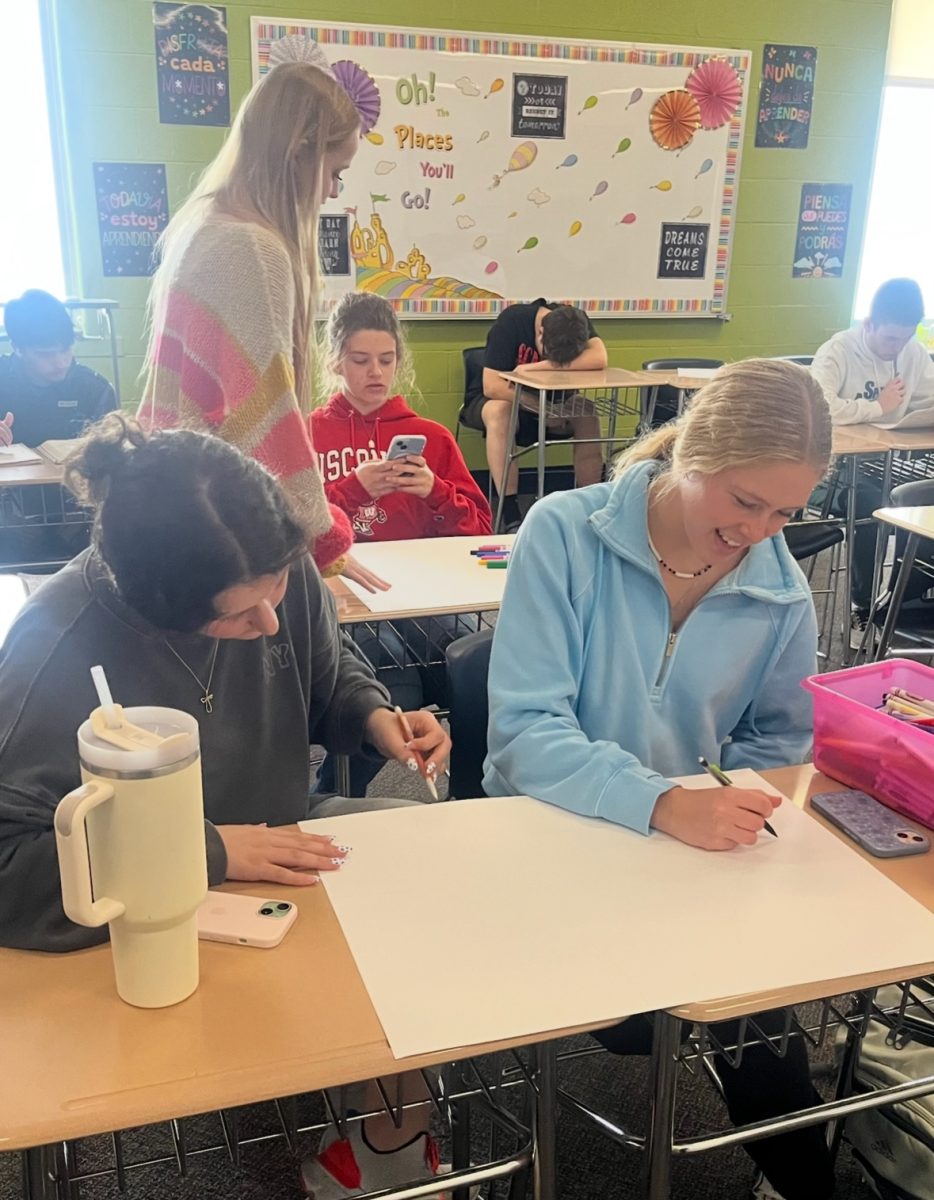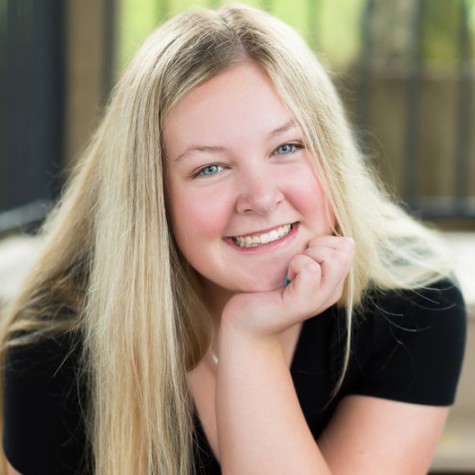
Immigrant students are faced with many challenges within and outside of school. At PV there are many immigrants who are living in America on many different types of immigrant visas. These students all encounter challenges that go unrecognized by the community and other PV students.
When thinking about immigrants in schools, many students tend to think about English as a second language (ESL) or the struggles of adapting to a new school environment. Although these are struggles immigrant students have to overcome, these issues only touch the surface of the deep-rooted concerns these individuals have to face.
ESL or ELL (English Language Learner) classes are offered at PV to help students who are learning the English language along with their native language. These classes help students prepare for their other classes, so they can excel in school.
Casual English is typically easier for immigrant students to learn, whereas academic language — which is used on standardized tests and in classroom settings — may take up to 7 years to learn. This learning curve can pose an issue for immigrant students learning English because they need to take courses taught in English.
Aside from language barriers, students have to overcome a culture shock when they step foot into U.S. schools.
Senior Akash Pradeep is an immigrant from India who moved to the PV school district in 2012 as a fourth-grade student. Pradeep is one of the many immigrants who struggled to adjust to the school environment at PV. “[In India], all kids had to wear a uniform and the schools were very strict. We were expected to stand up when talking to the teacher,” he said.
Schools in the United States have very different expectations for students than other countries. Pradeep recognized that one of the biggest hurdles he overcame was adapting to the vast culture change compared to India.
Senior Shveta Kalathur, who lived outside of the United States when she was ages 2-9, knows this difference in school culture firsthand. “[In India], I went to a Catholic girls school, so the environment and culture was very different. It wasn’t that competitive academically or in terms of sports because I was only in first grade.,” she reflected. “[After leaving Singapore], I still had to adapt to certain cultural changes, but I never felt like it was hard.”
Outside of school, many of the immigrants who are living in America on visas are concerned regularly about the possibility of having to leave. When dealing with a visa, it is extremely stressful and can bring a lot of tension to immigrant families.
Because Pradeep is here on an immigrant visa, he has seen these issues firsthand. “I face challenges of uncertainty because I do not know how long I can stay in the country. Because of this, I cannot fully plan my future as circumstances can change spontaneously,” he stated.
The unpredictability of immigrant students’ visas, poses an issue in every aspect of their lives.
Many times, this added stressor is looked over by students and school staff. Immigrant students overcome more obstacles but still have to complete the same workload as other students.
Pradeep wishes this struggle would be recognized within the classroom, so immigrant students can be recognized and understood. “Talking in class about immigrants and what they have been through can show to those who are not immigrants a different perspective on what life is like outside the United States,” he stated.
Kalathur also believes recognition of these students’ struggles will be beneficial for all people. “I think we should just try to learn about, understand, and accept different cultures,” she explained.
Immigrant students face a lot of issues, many of which are unknown to the majority of PV students. Without the recognition of these obstacles, many immigrants may not receive the stress relief and support they need from their peers and teachers.









